Greetings folks! During the past weeks, I have some time to work on the Alert's hull, so without further ado, would love to share the progress with you, my dear readers. But first, my great appreciation to all of you for keeping the interest and being alert to my Alert log.
Well, if you recall from the last post we have finished installing the
Breast Hooks and Deck clamps. The next step, Triden's manual suggesting to work and install the
Lower beams (Page 26-27). Installing
Lower beams assumed to install the
Spirit room,
Shot locker\Pump well, Magazine access lobby, and Lightroom. Further steps in the manual suggested installing
upper deck beams ledges, lodging\hanging knees carlings, and other deck forming parts but...wait, don't we have to shape\sand the external hull? How much dust will the internal structure accumulate after sanding? How easy it will be to remove the dust out thereafter? All those questions\answers lead me to think about temporarily removing the hull from the berth.
So...today's post I will dedicate to releasing the hull from the berth for further shaping. If you would like to follow this path let's begin.
*** Please understand this is not the recommended path from the kit's manual, it is based on my own decision, observations we discussed above, and another Alert build of my friend @Maarten.
It is worth stepping back to the very beginning when we assembled the birth. It seems, and it is actually true, that berth assembly is a very basic and simple process. I recall myself rushing to start the berth assembly and honestly didn't even realize the pitfalls I might meet soon. Let's discuss the image on page 9 instruction manual, specifically Parts CL15.
View attachment 241535
Here we can see that all the parts are labeled with the text '
Fix with glue', all except CL15 parts. The importance of not gluing is so crucial, so... I guess for the shipwrights like myself, the image should depict the message 'Do not fix with glue'!
View attachment 241536
NOT gluing the parts CL15, will make a breeze removing the hull from the berth. I made a mistake and glued both parts, therefore, no easy removing for Jim. I use alcohol, acetone, hot water to soften the glue, but to no avail. The Elmers Max glue proved to be a great\strong wood glue as being advertised by the manufacturer.

I ended up using the fresh\sharp scalpel blade #11 and cut along the edges. I cannot say I succeeded without the damage, and one of the parts broke, but parts were loosened enough to proceed.
View attachment 241540
Once both parts CL15 loosened, I removed all tabs (CL36) holding the upper berth to the jig, and begin lifting the hull from the bow side, and...bingo, it simply slides out. YAY!!!!
View attachment 241541
Well..., She is kinda free now, the moment I wait for about half-year, so I can see the frames outside. Again, I must credit
@Trident Model for the well-thought design of the frame's construction. They look pretty even and form a smooth transition from the bow to the stern. Take a look at the below photos.
The stern section. When you release the hull from the berth, the parts CL15 are still between the wind and deck transoms. They can easily be removed by twisting. Don't lose them, they will be required soon.
View attachment 241542
View attachment 241543
View attachment 241544
View attachment 241545
The bow section
View attachment 241546
View attachment 241554
View attachment 241547
View attachment 241548
View attachment 241549
This is the berth part after surgery is performed, and the hull being released from it. Don't repeat my mistake, DO NOT glue part CL15!
 View attachment 241550
View attachment 241550
Both CL15 parts after removing. One of them broke and I have to glue it.
View attachment 241551
I found another useful way for the berth, you can put the hull upside down, it fits perfectly! This way you can perform light sanding and observations, and yes...some photography.
 View attachment 241552
View attachment 241552
Well...with the last photo, we have reached the end of this post. The next step is the dustiest work - shaping the hull. I have the mask and hoping it will not require a long time. See you soon... folks, and thank you.
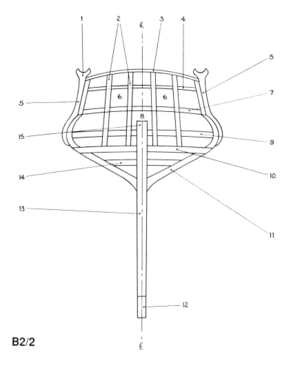
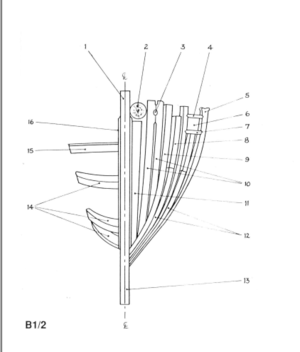
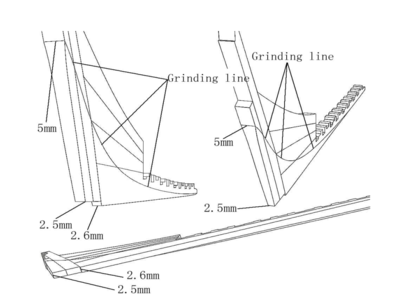
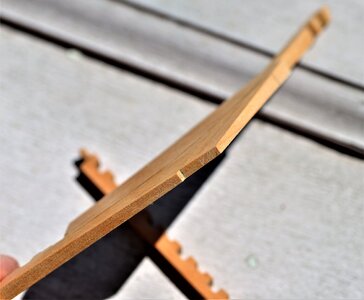




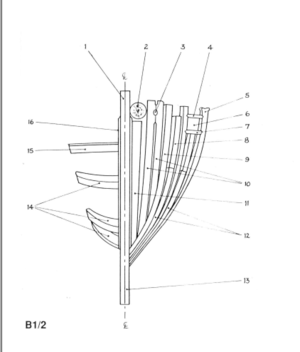




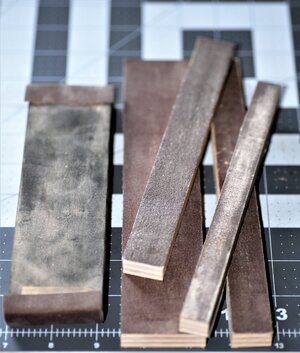
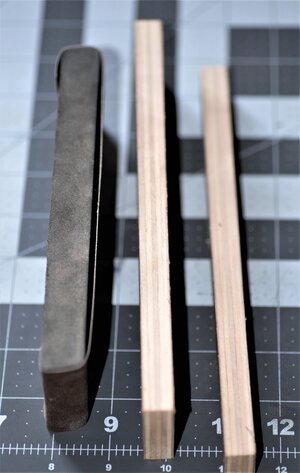

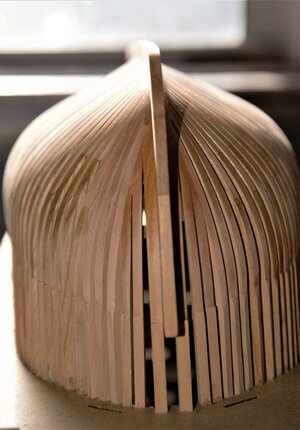
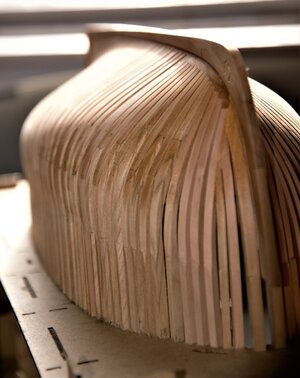
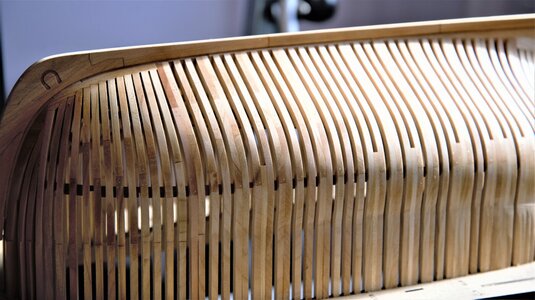
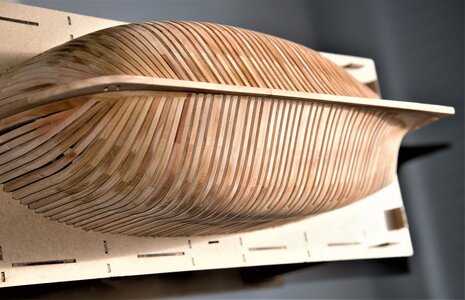
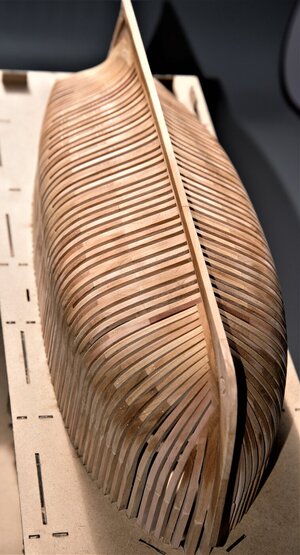
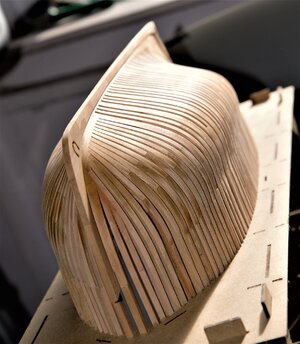
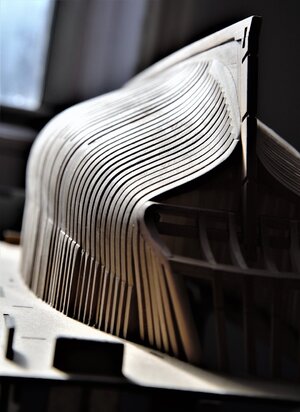
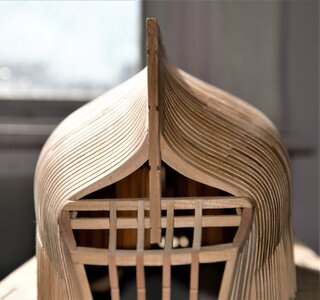
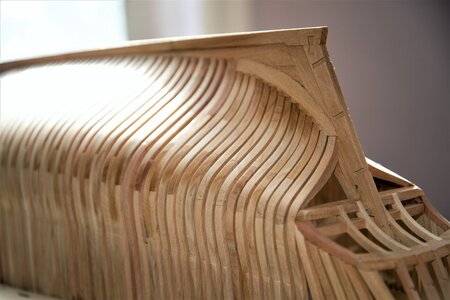
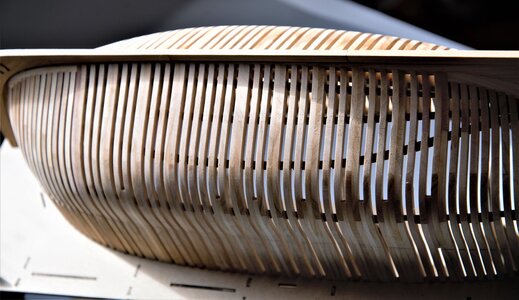
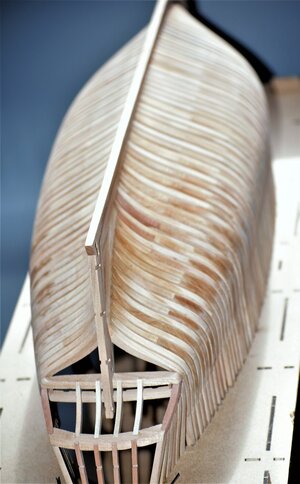
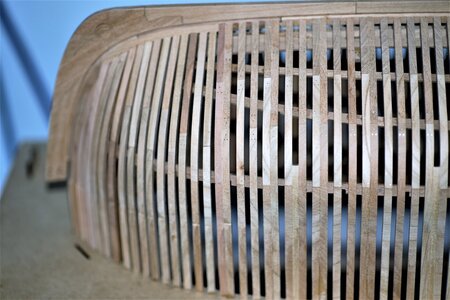
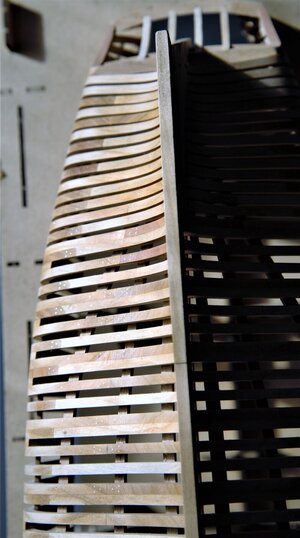
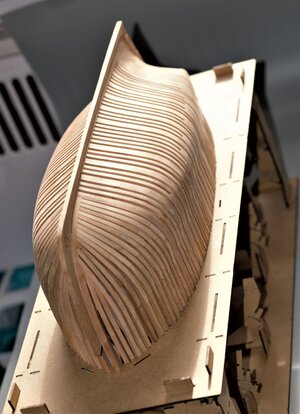

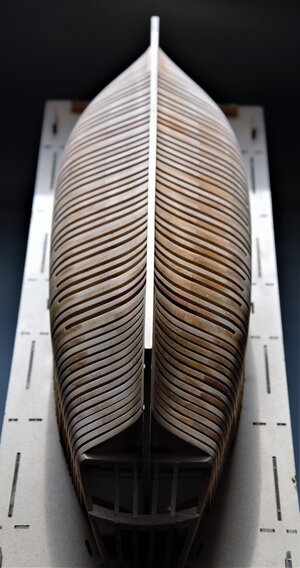
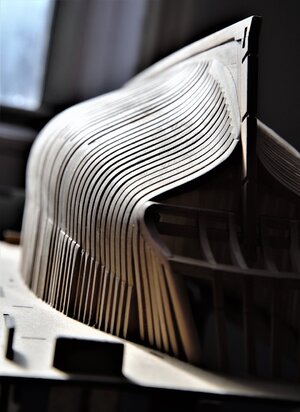

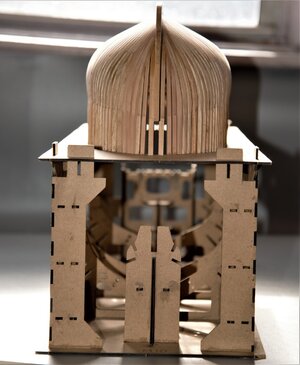
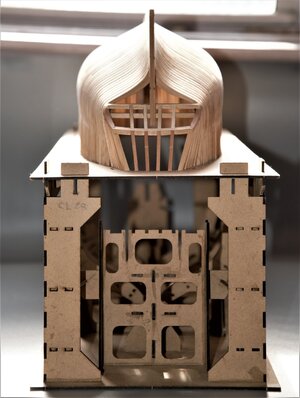
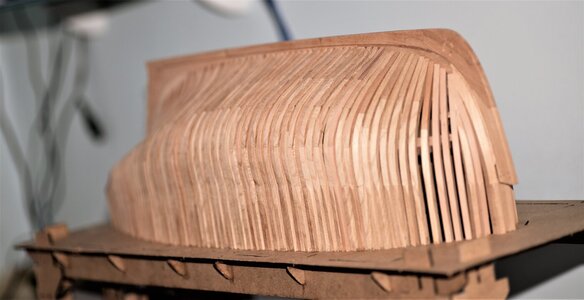
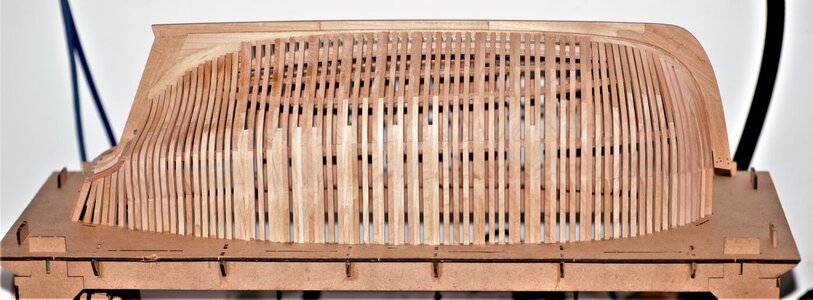
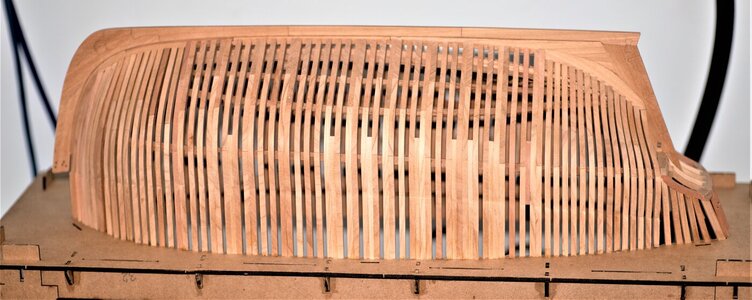
 ...
...